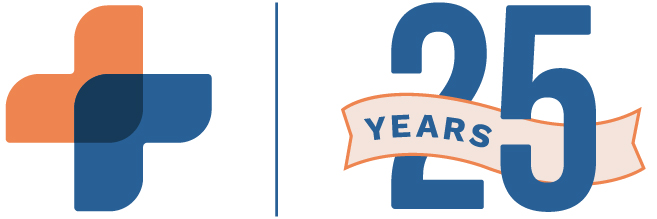Medical Billing Glossary
Boost Your Knowledge
Whether you’re an experienced biller or brand new to the role, these 15 commonly used terms will help you choose a Medical Billing system that meets your needs—and take advantage of its best features.
Allowed amount
The maximum amount an insurance company will pay for a covered healthcare service. It is also known as an “eligible expense” or “negotiated rate.” If a provider charges more than the allowed amount, the patient typically pays the balance beyond what the insurance company pays.
Central Billing Office (CBO)
Claim denial
Clearinghouse
Crossover claim
Current Procedural Terminology (CPT) codes
Electronic Remittance Allowance (ERA)
Electronic Fund Transfer (EFT)
Explanation of Benefits (EOB)
HCFA 1500 (CMS 1500) Form
ICD-10 Codes
Online bill pay
Payer
Superbills
UB 04 (CMS 1450) form
Have more questions?
Reach out to a customer advisor via phone, email, or live chat for additional information and help!

